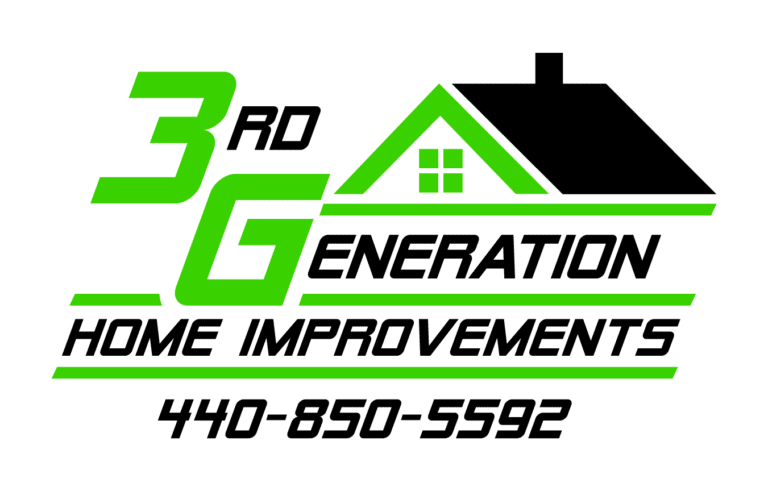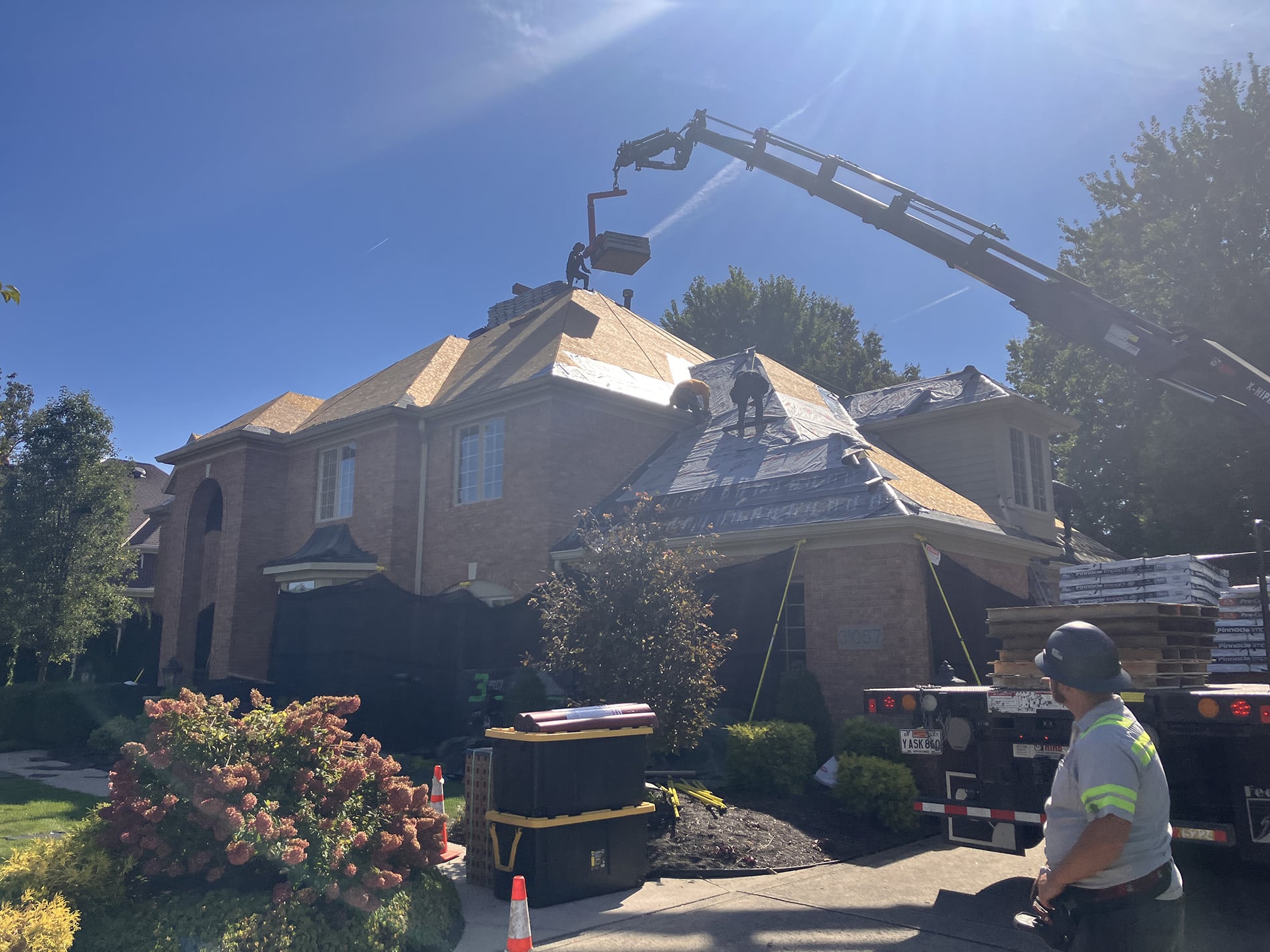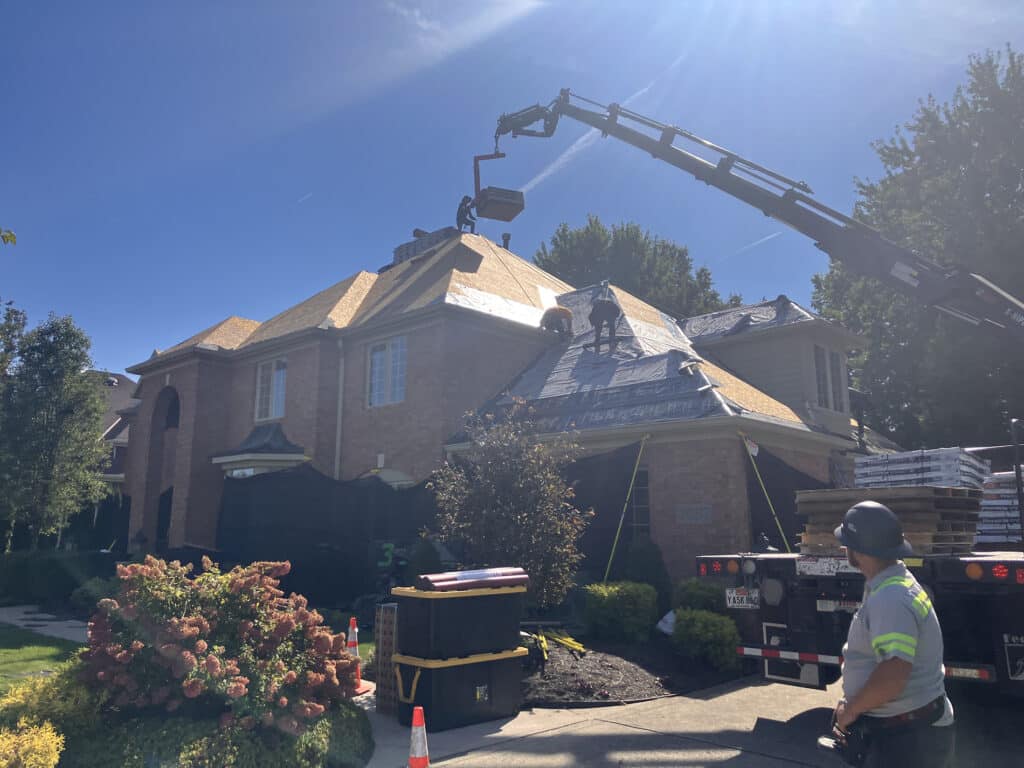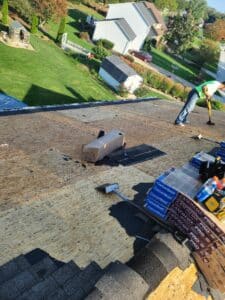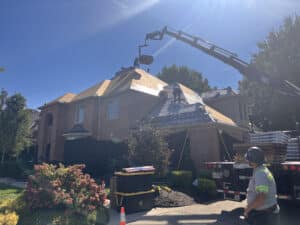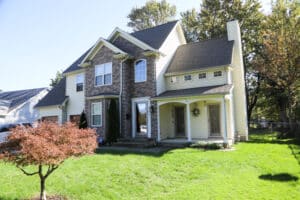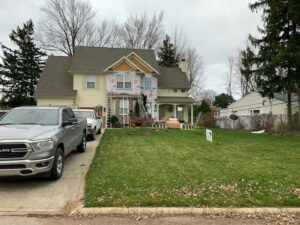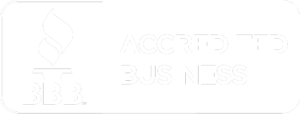Just like SUVs dominate the American vehicle market, shingle roofs are a common sight on homes across the country. But how do you know when it’s time to repair your shingle roof, or when it’s time to replace it altogether? It’s a critical decision that can impact the safety and integrity of your home. In this blog post, we’ll probe into the signs that indicate whether your shingle roof can be salvaged with repairs, or if it’s time to invest in a brand-new roof.
Key Takeaways:
- Inspect roof regularly: It is important to inspect your shingle roof regularly to identify any damage or wear and tear early on.
- Consider age and extent of damage: If your shingle roof is over 20 years old or if the damage is extensive, it may be more cost-effective to replace the roof rather than repair it.
- Hire a professional: When in doubt, consult with a professional roofing contractor to assess the condition of your roof and determine whether repair or replacement is the best course of action.
Understanding Shingle Roof Lifespan
Factors influencing shingle roof durability
Some key factors influence the lifespan of a shingle roof. The quality of materials used, installation techniques, climate conditions, and proper maintenance all play a crucial role in determining how long a shingle roof will last. High-quality materials and professional installation can significantly extend the durability of a shingle roof, while harsh weather conditions and neglect can shorten its lifespan.
- Quality of materials used
- Installation techniques
- Climate conditions
- Proper maintenance
Recognizing these factors and taking proactive steps to address them can help homeowners maximize the lifespan of their shingle roof and avoid premature replacement.
Signs of aging on shingle roofs
In the Greater Cleveland area, factors such as weather exposure, age, and maintenance practices can lead to visible signs of aging on shingle roofs. Understanding these signs is crucial for homeowners to assess the condition of their roof and determine if it’s time for repairs or replacement. Common signs of aging on shingle roofs include curling or cupping shingles, granule loss, cracked or missing shingles, and algae or moss growth.
With regular inspections and timely maintenance, homeowners can address minor issues before they escalate and prolong the lifespan of their shingle roof. If signs of aging are left unattended, they can lead to more significant damage and costly repairs down the line.
Regular Maintenance and Roof Care
The key to prolonging the lifespan of your shingle roof lies in regular maintenance and care. By staying on top of routine inspections and implementing preventative measures, you can ensure that your roof remains in optimal condition for years to come.
Routine Inspection Checklist
A necessary part of roof maintenance is conducting regular inspections to identify any potential issues before they escalate. Here is a brief checklist to help guide your inspections:
- Check for missing, cracked, or curling shingles.
- Inspect the roof for signs of leaks, such as water stains on the ceiling.
- Clean out gutters and downspouts to prevent water buildup.
- Trim overhanging branches to prevent damage from falling limbs.
Preventative Measures to Extend Roof Life
An effective way to extend the life of your shingle roof is to proactively implement preventative measures. By taking the following steps, you can protect your roof from premature wear and damage:
- Ensure proper attic ventilation to prevent heat and moisture buildup.
- Regularly clean debris such as leaves and branches from the roof surface.
- Consider applying a roof coating or sealant to enhance protection against the elements.
Another important preventative measure is to address any issues promptly. Whether it’s a small leak or a damaged shingle, addressing problems early can help prevent more significant issues down the line. By staying proactive with your roof care, you can maximize the lifespan of your shingle roof and avoid costly repairs.
Identifying Damage and Potential Issues
Types of shingle damage
Not all damage to your shingle roof is immediately visible from the ground. Understanding the different types of shingle damage can help you assess the condition of your roof properly. The most common types of shingle damage include:
- Cracked shingles
- Curling or cupping shingles
- Missing shingles
- Granule loss
- Bald spots on shingles
The sooner you address these issues, the better chance you have of avoiding more extensive damage to your roof. The longevity of your roof depends on how well you maintain and repair these types of shingle damage.
| Cracked shingles | Signs of aging or impact damage |
| Curling or cupping shingles | Due to weather exposure or poor installation |
| Missing shingles | Exposed areas vulnerable to leaks |
| Granule loss | Can indicate advanced wear and tear |
| Bald spots on shingles | Caused by UV damage or aging |
Symptoms of a failing roof structure
Types of shingle damage can also indicate underlying problems with the structure of your roof. If you notice multiple instances of cracked, curled, or missing shingles, it could be a sign that your roof structure is compromised. As the shingles protect the roof from the elements, any damage to them can lead to leaks, mold growth, and even structural issues.
It’s crucial to address the symptoms of a failing roof structure promptly to prevent further damage to your property. Ignoring these signs can result in costly repairs and potential safety hazards. Regular inspections and timely repairs can help ensure the longevity and stability of your roof structure.
Repairing Your Shingle Roof
Many homeowners face the common dilemma of whether to repair or replace their shingle roof. While a full replacement may be necessary in some cases, it is often possible to extend the life of your roof with timely repairs. Understanding when to opt for repairs over replacement can help you make an informed decision and protect your investment in your home.
When to opt for repairs over replacement
With regular maintenance and prompt attention to issues such as missing or damaged shingles, minor leaks, or sagging areas, you can often address problems before they escalate. If the damage is isolated and confined to a small area of your roof, opting for repairs can be a cost-effective solution that can extend the life of your shingles and prevent further damage to your home.
Step-by-step guide for minor shingle repairs
When faced with minor shingle repairs, it’s crucial to approach the task with caution and the right tools. Below is a step-by-step guide for minor shingle repairs that you can tackle on your own, ensuring your roof remains in good condition:
| Step | Description |
| 1 | Inspect the damaged area and gather necessary tools like replacement shingles, roofing cement, hammer, nails, and a pry bar. |
| 2 | Carefully remove the damaged shingle by lifting the edges and loosening the adhesive strip. |
| 3 | Slide the new shingle into place and secure it with roofing nails, ensuring it is properly aligned with the surrounding shingles. |
| 4 | Apply roofing cement to seal the edges of the new shingle and press it down firmly to ensure a watertight seal. |
By following these steps and addressing minor repairs promptly, you can maintain the integrity of your shingle roof and prevent more extensive damage that may require a full replacement.
The Benefits of Roof Replacement
Advantages of a new shingle roof
The benefits of opting for a new shingle roof are plentiful. Not only does it enhance the overall appearance of your home, but it also increases its value. A new shingle roof provides improved energy efficiency, which translates to lower energy bills. Additionally, new shingle roofs come with warranties that offer peace of mind, knowing that your investment is protected.
Understanding the investment and ROI
Roof replacement is a significant investment, but it’s one that can yield substantial returns. By upgrading to a new shingle roof, you are increasing the curb appeal and market value of your property. With proper installation and maintenance, a new roof can last for decades, providing a solid return on your investment. Moreover, the enhanced durability and efficiency of a new shingle roof can help you save on repair and energy costs in the long run.
To fully understand the investment and ROI associated with roof replacement, consider consulting with a professional roofing contractor. They can provide valuable insights into the cost of materials, labor, and potential savings over time. With the right guidance, you can make an informed decision that not only benefits your home’s structure but also your financial well-being in the future.
Making the Decision: Repair or Replace?
How to evaluate the current state of your roof
Making the decision to repair or replace your shingle roof is crucial, and it begins with evaluating the current state of your roof. Start by conducting a visual inspection of your roof, looking for signs of damage such as missing shingles, curling edges, or granules in the gutters. Pay attention to any leaks or water stains on your ceiling, as these can indicate underlying issues with your roof’s integrity.
Cost-benefit analysis of repair versus replacement
Making the decision whether to repair or replace your shingle roof involves a cost-benefit analysis. Consider the age of your roof, extent of damage, and the potential cost of repairs versus a full roof replacement. While repairs may seem like a more sensible option in the short term, a full replacement could save you money in the long run by avoiding recurrent issues and providing a longer lifespan for your roof.
Evaluate your roof’s overall condition and consult with a professional roofing contractor to get a comprehensive assessment of the situation. They can provide you with expert advice on whether a repair or replacement is the best course of action based on the specific needs of your roof.
Navigating Roofing Services and Finding a Contractor
The importance of professional assessments
One crucial step in determining whether to repair or replace your shingle roof is to seek the expertise of professional roofing contractors. A professional assessment provides you with an accurate understanding of your roof’s current condition, including potential issues that may not be visible to the untrained eye. By getting a professional opinion, you can make informed decisions about the best course of action for your roof.
Tips for selecting the right roofing contractor
Concerning choosing a roofing contractor for your shingle roof project, there are several key factors to consider. Look for contractors with a proven track record of quality workmanship and reliability. Check for proper licensing and insurance to protect yourself and your property during the project. Additionally, ask for references and reviews from past clients to gauge the contractor’s reputation and customer satisfaction.
- Verify the contractor’s credentials, including licenses and insurance coverage.
- Get multiple quotes to compare pricing and services offered.
- Ask about the materials and techniques the contractor plans to use for your roof.
Any decisions regarding your roof should be made with careful consideration and thorough research. Hiring a reputable and experienced roofing contractor will ensure that your shingle roof is installed or repaired correctly, providing long-lasting protection for your home.
Conclusion
Following this guide can help you determine whether it’s time to repair or replace your shingle roof. Remember to have your roof inspected regularly by a local roofing company, especially after severe weather, to catch any issues early on. If you notice signs of damage such as missing shingles, leaks, or granule loss, it’s crucial to address the problem promptly to prevent further damage.
Ultimately, if your shingle roof is nearing the end of its lifespan or showing significant wear and tear, it may be time to invest in a new roof. While roof replacement can be a substantial investment, it will provide you with peace of mind knowing that your home is well-protected. Consulting with a professional roofing contractor can help you make an informed decision and ensure that your new roof is installed correctly and will last for years to come.
FAQ
Q: How do I know if it’s time to repair or replace my shingle roof?
A: You should consider replacing your shingle roof if it is more than 20 years old, has significant damage or leaks that are recurring despite repairs, or if a large portion of the shingles are missing or damaged beyond repair.
Q: What are the benefits of replacing a shingle roof versus repairing it?
A: Replacing a shingle roof provides long-term solutions and peace of mind, improves energy efficiency by updating to newer, more efficient materials, increases the curb appeal and value of your home, and reduces the likelihood of costly repairs in the future.
Q: How can I prolong the life of my shingle roof to delay the need for replacement?
A: To extend the life of your shingle roof, conduct regular inspections and maintenance, keep gutters clean to prevent water damage, trim overhanging tree branches to prevent debris buildup, replace damaged shingles promptly, and ensure proper attic ventilation to prevent moisture buildup.
